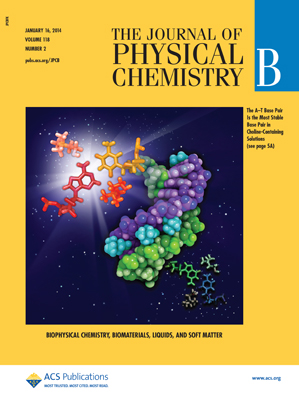
Publication I December 30, 2013
Molecular dynamics of DNA–Protein conjugates on electrified surfaces: solutions to the drift-diffusion equation
Self-assembled monolayers of charged polymers are an integral component of many state-of-the-art nanobiosensors. Electrical interactions between charged surfaces and charged biomolecules, adopting the roles of linkers or capture molecules, are not only crucial to the sensor performance but may also be exploited for novel sensing concepts based on electrically actuated interfaces. Here we introduce an analytical model describing the behavior of double-stranded DNA and proteins tethered to externally biased microelectrodes. Continuum electrostatic Poisson–Boltzmann models and the drift-diffusion (Smoluchowski) equation are used to calculate the steady state as well as the dynamic behavior of oligonucleotide rods in DC and AC electric fields. The model predicts the oligonucleotide orientation on the surface and calculates how the increased hydrodynamic drag caused by a protein bound to the DNA’s distal end affects the molecular dynamics of the DNA–protein complex. The results of the model are compared to experiments with electrically switchable DNA layers, and very good agreement between theory and experiment is found. The hydrodynamic diameter of the bound protein can be analyzed from experimental data of the slowed motion of the DNA–protein conjugate with angstrom precision.